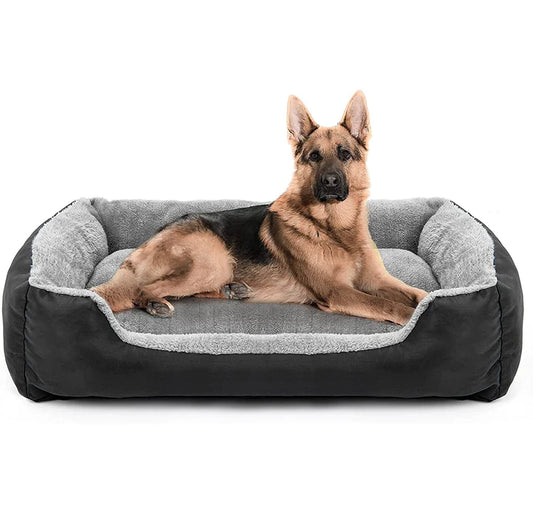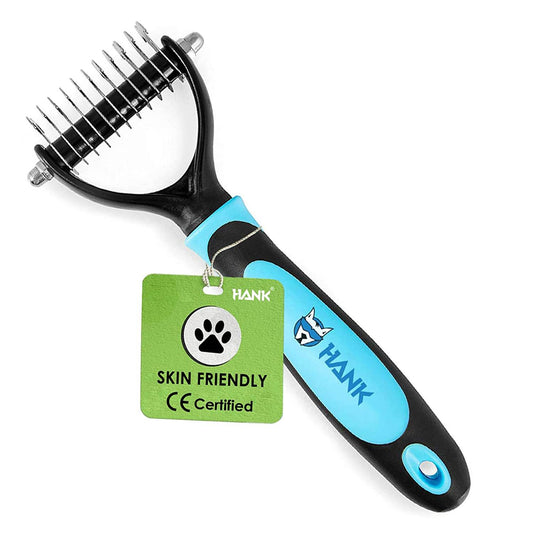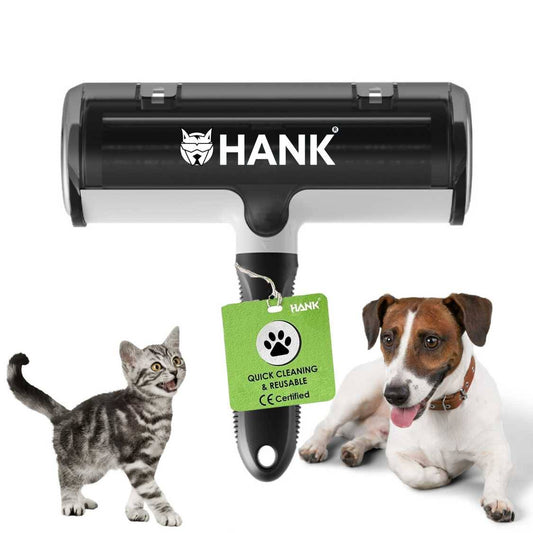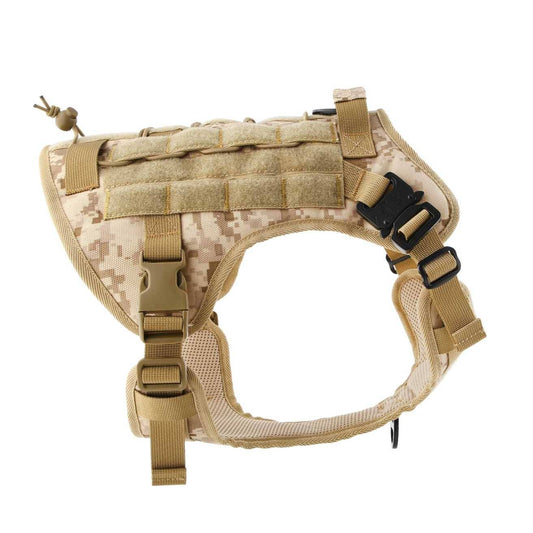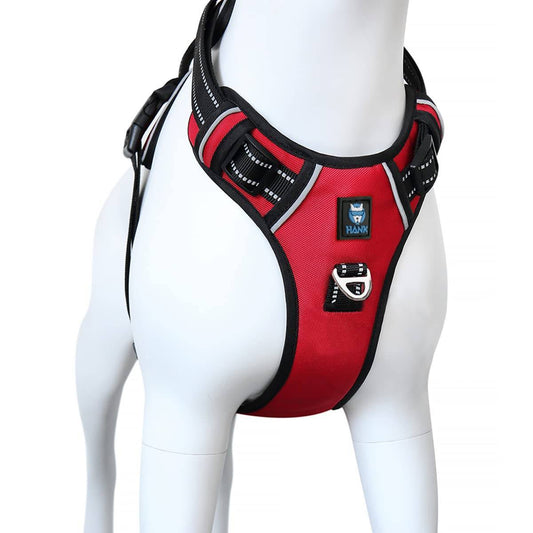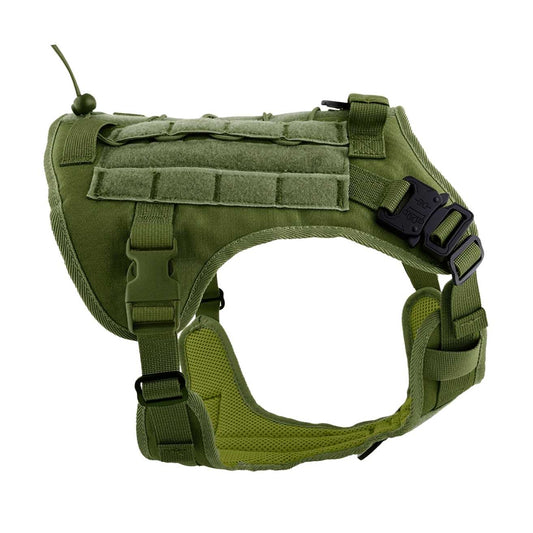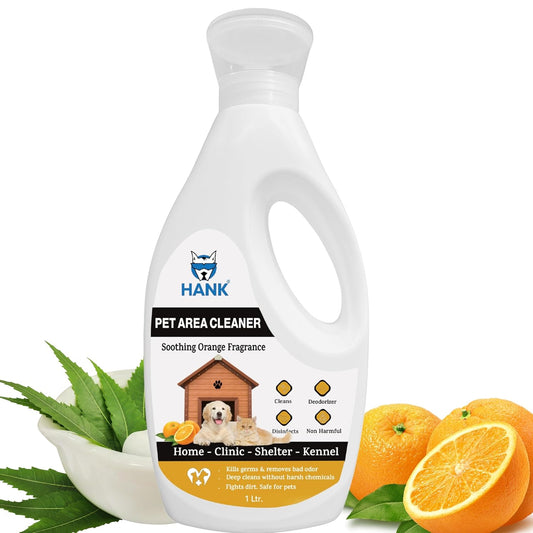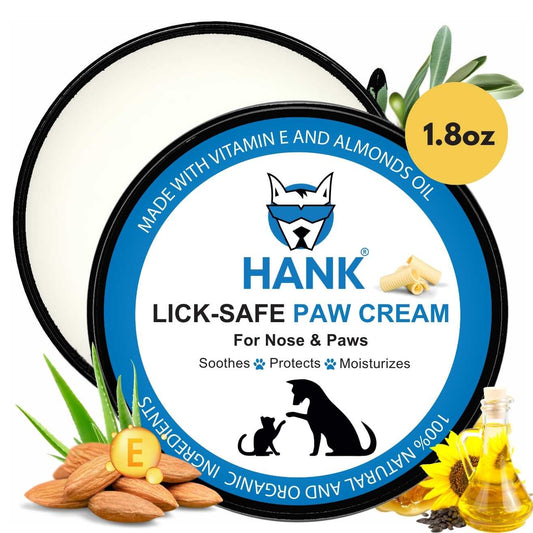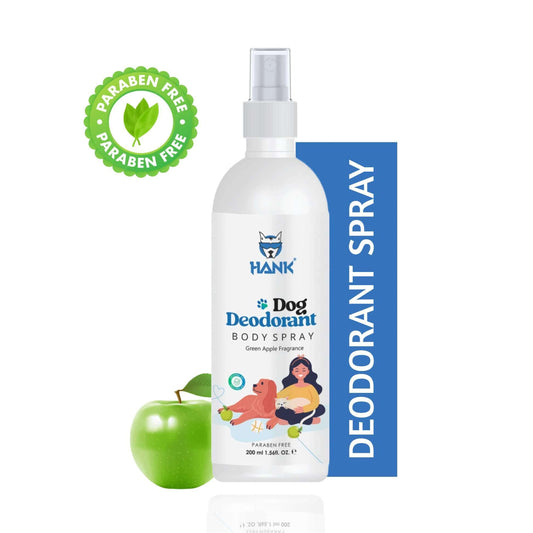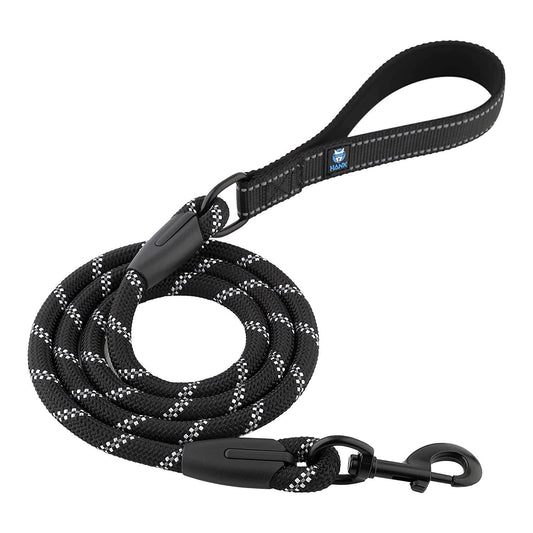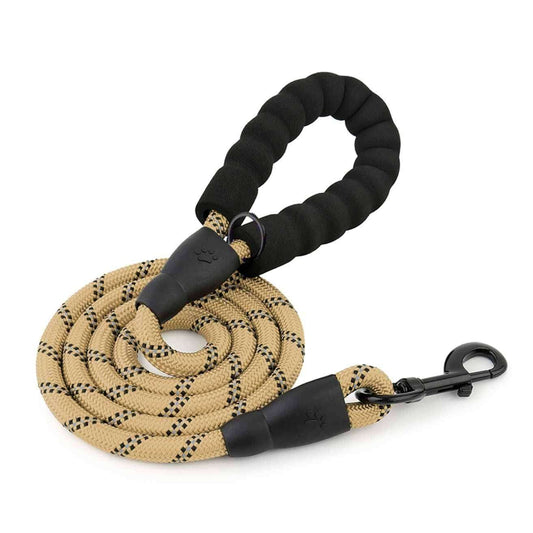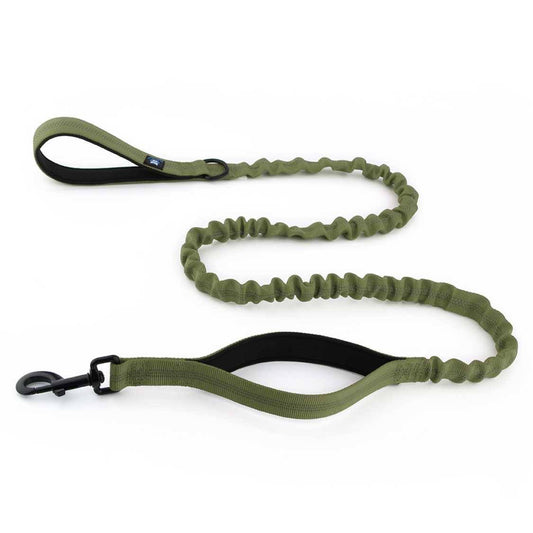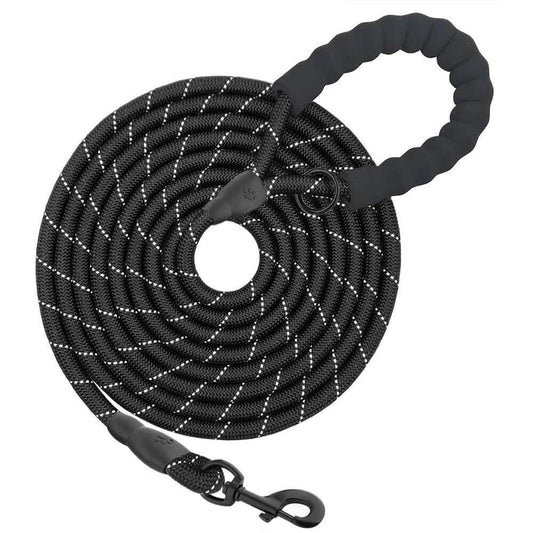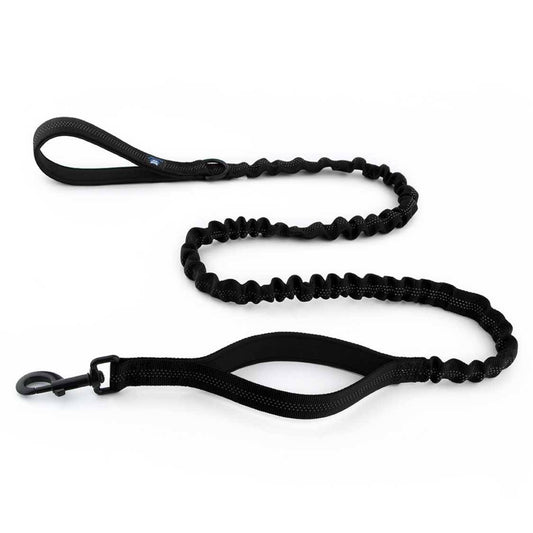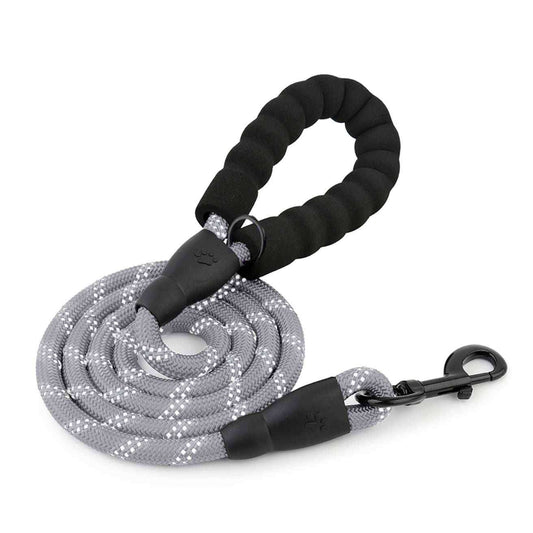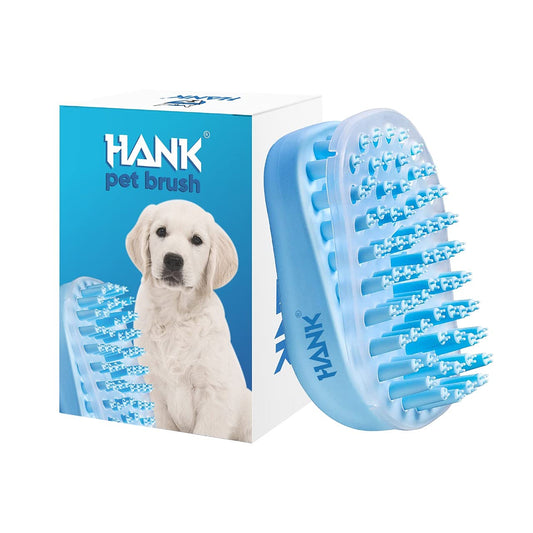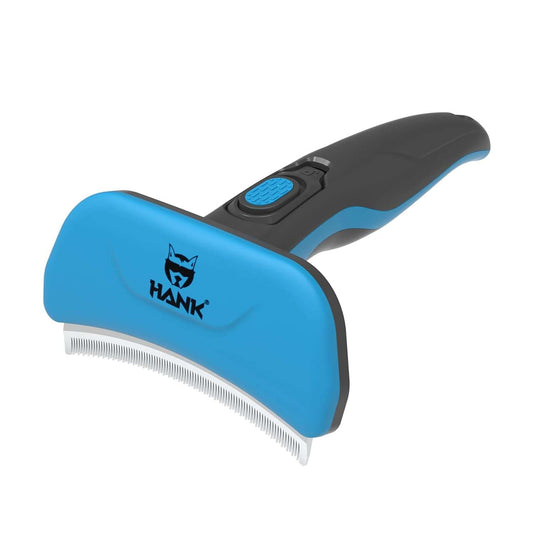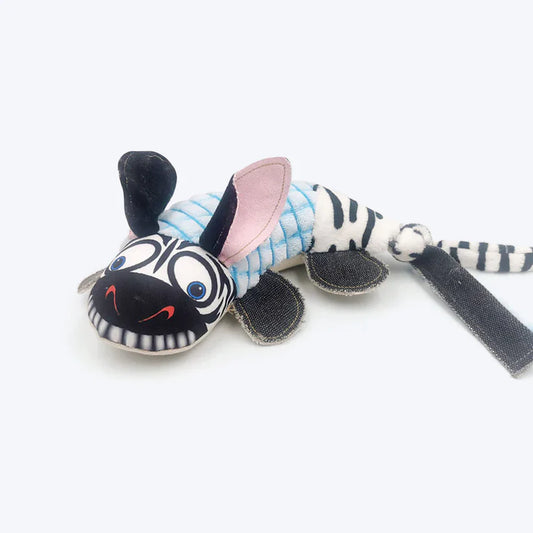Top Categories
Must Haves for Pet Parents
Top Picks Loved by Pet Parents
-
HANK Pet Nail Grinder With LED Light Design | Suitable for Large to Small Pets (M5 Pro)
77 reviews4.93 / 5.0
(54) 54 total reviews
33% OFFRegular price ₹1,999.00Regular priceUnit price / per₹2,999.00Sale price ₹1,999.0033% OFF -
HANK Pet Bed With Soft Fabric & Machine Washable (Black & Gray)
20 reviews66% OFFRegular price From ₹1,299.00Regular priceUnit price / per₹2,999.00Sale price From ₹1,299.0066% OFF -
HANK Pet Hair Trimmer With LCD Display, Type C Charging | Suitable for All Breeds
17 reviews44% OFFRegular price ₹2,799.00Regular priceUnit price / per₹4,999.00Sale price ₹2,799.0044% OFF -
HANK Pet Nail Clipper with Ultra Bright LED Light, Safety Guard to Avoid Over Cutting + Free Nail File
21 reviews5.0 / 5.0
(7) 7 total reviews
55% OFFRegular price ₹899.00Regular priceUnit price / per₹1,999.00Sale price ₹899.0055% OFF -
HANK Pet Safe Dematting Comb Easy Mats and Tangles Remover (Upgraded Version)
48 reviews4.92 / 5.0
(39) 39 total reviews
38% OFFRegular price ₹799.00Regular priceUnit price / per₹1,299.00Sale price ₹799.0038% OFF -
HANK Pet Hair Remover Reusable Lint Remover Roller Brush (Upgraded Version)
69 reviews4.91 / 5.0
(54) 54 total reviews
38% OFFRegular price ₹799.00Regular priceUnit price / per₹1,299.00Sale price ₹799.0038% OFF
No Pull, Comfy Walks
-
HANK 3M Reflective No Pull Dog Harness | Black
27 reviews4.95 / 5.0
(19) 19 total reviews
53% OFFRegular price From ₹1,399.00Regular priceUnit price / per₹2,999.00Sale price From ₹1,399.0053% OFF -
HANK US Military Brown Dog Harness - With Strong Front Metal Buckle
11 reviews5.0 / 5.0
(5) 5 total reviews
30% OFFRegular price From ₹2,099.00Regular priceUnit price / per₹2,999.00Sale price From ₹2,099.0030% OFF -
HANK 3M Reflective No Pull Dog Harness | Red
13 reviews5.0 / 5.0
(5) 5 total reviews
53% OFFRegular price From ₹1,399.00Regular priceUnit price / per₹2,999.00Sale price From ₹1,399.0053% OFF -
HANK Green Military Dog Harness - With Strong Front Metal Buckle
12 reviews5.0 / 5.0
(2) 2 total reviews
30% OFFRegular price From ₹2,099.00Regular priceUnit price / per₹2,999.00Sale price From ₹2,099.0030% OFF -
HANK 3M Reflective No Pull Dog Harness | Neon Green
11 reviews5.0 / 5.0
(3) 3 total reviews
46% OFFRegular price From ₹1,399.00Regular priceUnit price / per₹2,999.00Sale price From ₹1,399.0046% OFF -
HANK Black Military Dog Harness - With Strong Front Metal Buckle
7 reviews5.0 / 5.0
(2) 2 total reviews
30% OFFRegular price From ₹2,099.00Regular priceUnit price / per₹2,999.00Sale price From ₹2,099.0030% OFF
Winter Essentials for Pets
-
Navy Blue Puffer Quilted Jacket for Dogs & Cats
No reviews63% OFFRegular price From ₹1,099.00Regular priceUnit price / per₹2,999.00Sale price From ₹1,099.0063% OFF -
Wine Puffer Quilted Jacket for Dogs & Cats
No reviews63% OFFRegular price From ₹1,099.00Regular priceUnit price / per₹2,999.00Sale price From ₹1,099.0063% OFF -
 21% OFF
21% OFFDino Snug Hoodie for Dogs & Cats
6 reviews21% OFFRegular price From ₹1,099.00Regular priceUnit price / per₹1,399.00Sale price From ₹1,099.0021% OFF -
Pink Waterproof & Windproof Dog Winter Jacket
No reviews66% OFFRegular price From ₹999.00Regular priceUnit price / per₹2,999.00Sale price From ₹999.0066% OFF -
Waterproof Winter Dog Coat | Puffer Style
No reviews66% OFFRegular price From ₹999.00Regular priceUnit price / per₹2,999.00Sale price From ₹999.0066% OFF -
Warm Red Puffer Dog Coat | Waterproof & Lightweight
1 review66% OFFRegular price From ₹999.00Regular priceUnit price / per₹2,999.00Sale price From ₹999.0066% OFF
Everyday Essentials for Clean Pets
-
HANK Pet Odor and Urine Smell Remover with Lavender
27 reviews5.0 / 5.0
(1) 1 total reviews
40% OFFRegular price ₹299.00Regular priceUnit price / per₹499.00Sale price ₹299.0040% OFF -
HANK Paw Cleaner for Dogs & Cats | Quick Dry - Lick Safe
23 reviews50% OFFRegular price ₹299.00Regular priceUnit price / per₹599.00Sale price ₹299.0050% OFF -
HANK Pet Area Cleaner, Kennel Wash & Floor Cleaner | Safe, Non-Toxic 1L (Orange)
19 reviews28% OFFRegular price ₹499.00Regular priceUnit price / per₹699.00Sale price ₹499.0028% OFF -
HANK Paw Cream for Dogs and Cats | Lick-Safe Paw Balm (50g)
30 reviews57% OFFRegular price ₹299.00Regular priceUnit price / per₹699.00Sale price ₹299.0057% OFF -
HANK Pet Area Cleaner, Kennel Wash & Floor Cleaner | Safe, Non-Toxic 1L (Lavender)
15 reviews28% OFFRegular price ₹499.00Regular priceUnit price / per₹699.00Sale price ₹499.0028% OFF -
HANK Green Apple Fragrance Perfume For Dogs & Cats
20 reviews5.0 / 5.0
(5) 5 total reviews
40% OFFRegular price ₹299.00Regular priceUnit price / per₹499.00Sale price ₹299.0040% OFF
Stronger Leash, Safer Walks
-
HANK Dog Leash Design for Heavy Puller With Soft Handle | Black
8 reviews5.0 / 5.0
(1) 1 total reviews
40% OFFRegular price From ₹499.00Regular priceUnit price / per₹999.00Sale price From ₹499.0040% OFF -
HANK 3M Reflective Heavy Duty 5 Feet Dog Leash | Brown
6 reviews40% OFFRegular price From ₹499.00Regular priceUnit price / per₹999.00Sale price From ₹499.0040% OFF -
HANK Green Tactical Bungee Dog Leash – Shock Absorbing, Dual Handle
13 reviews5.0 / 5.0
(4) 4 total reviews
55% OFFRegular price ₹899.00Regular priceUnit price / per₹1,999.00Sale price ₹899.0055% OFF -
HANK 3M Reflective Heavy Duty Long Dog Leash | Black
7 reviews50% OFFRegular price From ₹999.00Regular priceUnit price / per₹1,999.00Sale price From ₹999.0050% OFF -
HANK Black Tactical Bungee Dog Leash – Shock Absorbing, Dual Handle
8 reviews55% OFFRegular price ₹899.00Regular priceUnit price / per₹1,999.00Sale price ₹899.0055% OFF -
HANK 3M Reflective Heavy Duty 5 Feet Dog Leash | Grey
10 reviews40% OFFRegular price From ₹499.00Regular priceUnit price / per₹999.00Sale price From ₹499.0040% OFF
Soft Beds for Sweet Naps
-
Caterpillar Hut for Dogs and Cats (Bottle Green)
1 review42% OFFRegular price ₹2,299.00Regular priceUnit price / per₹3,999.00Sale price ₹2,299.0042% OFF -
HANK Pet Bed With Soft Fabric & Machine Washable (Black & Gray)
20 reviews66% OFFRegular price From ₹1,299.00Regular priceUnit price / per₹2,999.00Sale price From ₹1,299.0066% OFF -
Paw Luxe Pet Bed | Soft, Cozy & Washable Dog and Cat Bed
No reviews43% OFFRegular price From ₹1,699.00Regular priceUnit price / per₹2,999.00Sale price From ₹1,699.0043% OFF -
Washable Cozy Dog and Cat Cave Bed (Cartoon - Yellow)
2 reviews57% OFFRegular price From ₹1,699.00Regular priceUnit price / per₹3,999.00Sale price From ₹1,699.0057% OFF -
 42% OFF
42% OFFCaterpillar Hut for Dogs (Beige)
No reviews42% OFFRegular price ₹2,299.00Regular priceUnit price / per₹3,999.00Sale price ₹2,299.0042% OFF -
Washable Printed Lounger Bed for Dogs & Cats
1 review52% OFFRegular price From ₹2,399.00Regular priceUnit price / per₹4,999.00Sale price From ₹2,399.0052% OFF
No More Hair Everywhere
-
HANK 3 in 1 Pet Bath Brush - Bathing, Massage & Grooming in One
23 reviews5.0 / 5.0
(1) 1 total reviews
50% OFFRegular price ₹499.00Regular priceUnit price / per₹999.00Sale price ₹499.0050% OFF -
HANK Curved Shape Self Cleaning Deshedder Brush shedding by Up to 99%
16 reviews5.0 / 5.0
(6) 6 total reviews
55% OFFRegular price ₹899.00Regular priceUnit price / per₹1,999.00Sale price ₹899.0055% OFF -
HANK Pet Hair Remover Reusable Lint Remover Roller Brush (Upgraded Version)
69 reviews4.91 / 5.0
(54) 54 total reviews
38% OFFRegular price ₹799.00Regular priceUnit price / per₹1,299.00Sale price ₹799.0038% OFF -
HANK Pet Safe Dematting Comb Easy Mats and Tangles Remover (Upgraded Version)
48 reviews4.92 / 5.0
(39) 39 total reviews
38% OFFRegular price ₹799.00Regular priceUnit price / per₹1,299.00Sale price ₹799.0038% OFF -
HANK Pet Grooming Brush shedding by Up to 95%
16 reviews5.0 / 5.0
(14) 14 total reviews
46% OFFRegular price ₹699.00Regular priceUnit price / per₹1,299.00Sale price ₹699.0046% OFF -
Pet Slicker Brush | Easy Grooming Tool for Dogs & Cats
2 reviews33% OFFRegular price ₹399.00Regular priceUnit price / per₹599.00Sale price ₹399.0033% OFF
Endless Fun, Endless Wags
-
 30% OFF
30% OFFGlowing Hippo Plush Dog Toy
5 reviews5.0 / 5.0
(1) 1 total reviews
30% OFFRegular price ₹899.00Regular priceUnit price / per₹1,299.00Sale price ₹899.0030% OFF -
Ravishing Zebra Plush Toy For Dog
4 reviews22% OFFRegular price ₹699.00Regular priceUnit price / per₹899.00Sale price ₹699.0022% OFF -
 25% OFF
25% OFFFlying Fox Plush Toy For Dog
4 reviews5.0 / 5.0
(1) 1 total reviews
25% OFFRegular price ₹599.00Regular priceUnit price / per₹799.00Sale price ₹599.0025% OFF -
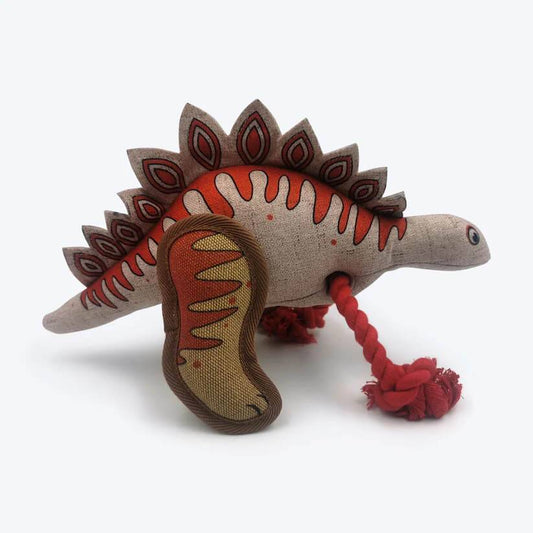 30% OFF
30% OFFTug Stega Dog Toy
3 reviews30% OFFRegular price ₹899.00Regular priceUnit price / per₹1,299.00Sale price ₹899.0030% OFF -
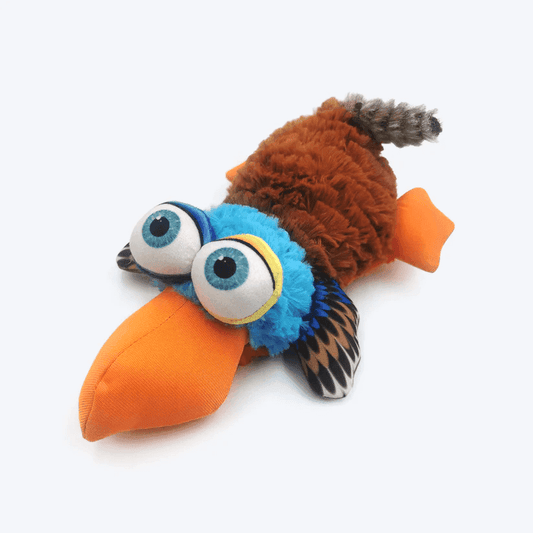 20% OFF
20% OFFBig Eyed Chicken Dog Toy
3 reviews20% OFFRegular price ₹799.00Regular priceUnit price / per₹999.00Sale price ₹799.0020% OFF -
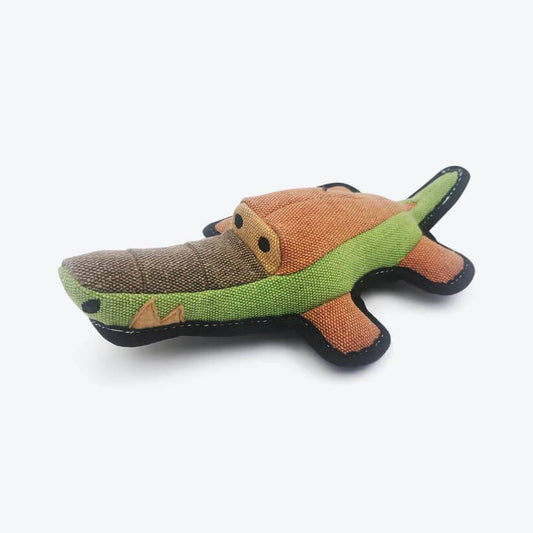 25% OFF
25% OFFNile Crocodile Dog Toy
3 reviews25% OFFRegular price ₹599.00Regular priceUnit price / per₹799.00Sale price ₹599.0025% OFF
Why Pet Parents Trust HANKPets?




HankPets – Trusted Online Pet Store & Pet Pharmacy in India
Welcome to HankPets, India’s most trusted online pet store and pet pharmacy. We bring together a wide range of pet products to make life easier for pet parents and happier for pets. Whether you need nutritious dog food, durable dog harnesses, secure dog leashes, or comfortable dog beds, HankPets has everything in one place. For cat parents, explore cat accessories, cat food, cat toys, grooming essentials, and more.
India’s One-Stop Pet Store
As a full-service pet store and pet pharmacy, HankPets goes beyond just selling products. From flea and tick solutions to paw care, dewormers, and grooming kits, you’ll find everything under one roof. Looking for strong dog belts for walks, no-pull harnesses for training, or reflective leashes for night safety? You’ll find them here. Our collection also includes dog toys, grooming tools, and wellness products trusted by pet parents across India.
Why Pet Parents Choose HankPets
- Complete range of pet essentials – food, accessories, belts, harnesses, leashes, toys, grooming and health products
- Reliable online pet pharmacy for safe and effective solutions
- Breed-specific sizing and options for German Shepherds, Labradors, Golden Retrievers, Pugs, Shih Tzus, and more
- Affordable pricing without compromising on quality
- Fast and secure delivery across India
Frequently Asked Questions
Q: Why should I buy pet products online instead of offline stores?
A: Shopping with HankPets means access to a wider variety of pet products, better deals, and the convenience of doorstep delivery. From food to grooming to pharmacy needs, you can find everything online without visiting multiple stores.
Q: How do I pick the right dog harness, leash, or belt?
A: Measure your dog’s chest, neck, and girth before buying. Always choose adjustable options for a secure fit. For strong breeds, tactical harnesses and heavy-duty leashes are ideal. See our harnesses and leashes.
Q: Does HankPets also provide grooming and health products?
A: Yes. HankPets offers shampoos, brushes, trimmers, flea & tick solutions, paw care, dewormers, and even pet perfumes and odor removers to keep pets healthy and fresh. Browse our categories:
dog brushes & combs,
dog shampoos,
dog & cat trimmers,
tick & flea treatments,
paw care,
dog dewormer,
cat dewormer,
cat toys,
cat food,
cat brushes,
cat shampoos,
cat trimmers.
Q: Are HankPets products suitable for all breeds of dogs and cats?
A: Absolutely. We offer food, belts, harnesses, and grooming supplies designed for small, medium, and large breeds including German Shepherds, Golden Retrievers, Huskies, Labradors, Pugs, Shih Tzus, as well as popular cat breeds like Persians, Siamese, and Maine Coons.
Q: Can I shop for cats as well as dogs?
A: Yes. Along with dog products, HankPets has a growing collection of cat accessories, toys, grooming products, and health solutions for cats.
Pet Care Guide
View all-

Bengal Cat Complete Guide, Care Tips, Price in ...
The Bengal cat is one of the most eye-catching and energetic cat breeds in the world. With its wild leopard-like appearance and playful personality, the Bengal cat has become increasingly...
Bengal Cat Complete Guide, Care Tips, Price in ...
The Bengal cat is one of the most eye-catching and energetic cat breeds in the world. With its wild leopard-like appearance and playful personality, the Bengal cat has become increasingly...
-

Persian Cat | The Ultimate Guide to India’s Mos...
If you’re searching for Persian Cat information, care tips, pricing, temperament, or where to buy one in India, you’re in the right place. This is the most complete, Persian Cat guide...
Persian Cat | The Ultimate Guide to India’s Mos...
If you’re searching for Persian Cat information, care tips, pricing, temperament, or where to buy one in India, you’re in the right place. This is the most complete, Persian Cat guide...
-

Maine Coon Cat | Complete Guide for Indian Pet ...
The Maine Coon is one of the most majestic and charming cat breeds in the world, loved for its large size, lion-like mane, fluffy tail, and gentle nature. Originally from...
Maine Coon Cat | Complete Guide for Indian Pet ...
The Maine Coon is one of the most majestic and charming cat breeds in the world, loved for its large size, lion-like mane, fluffy tail, and gentle nature. Originally from...





















